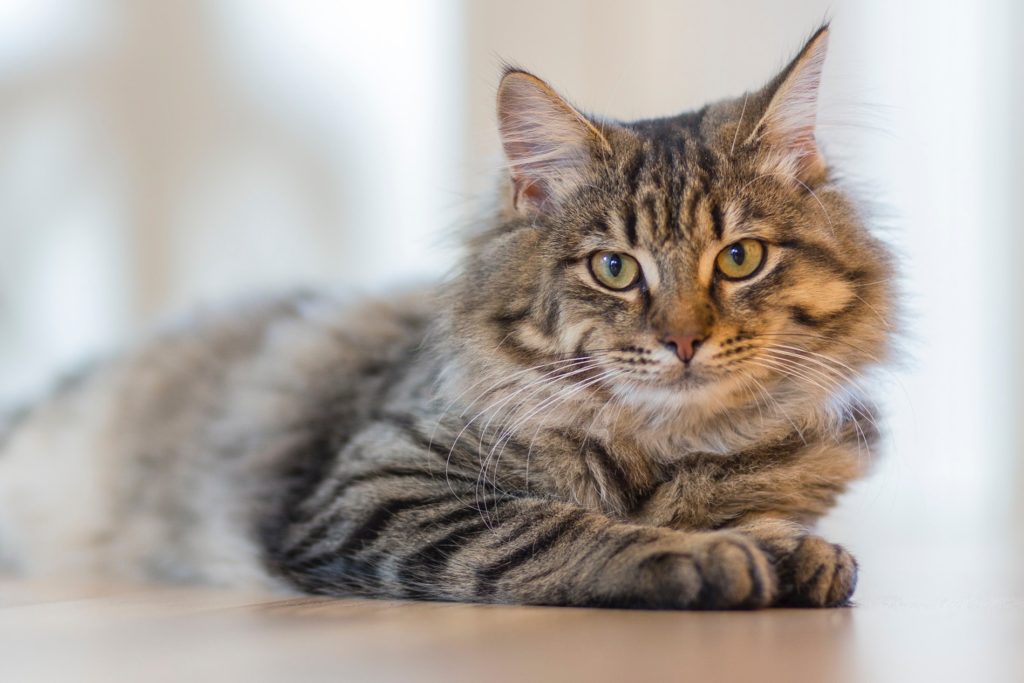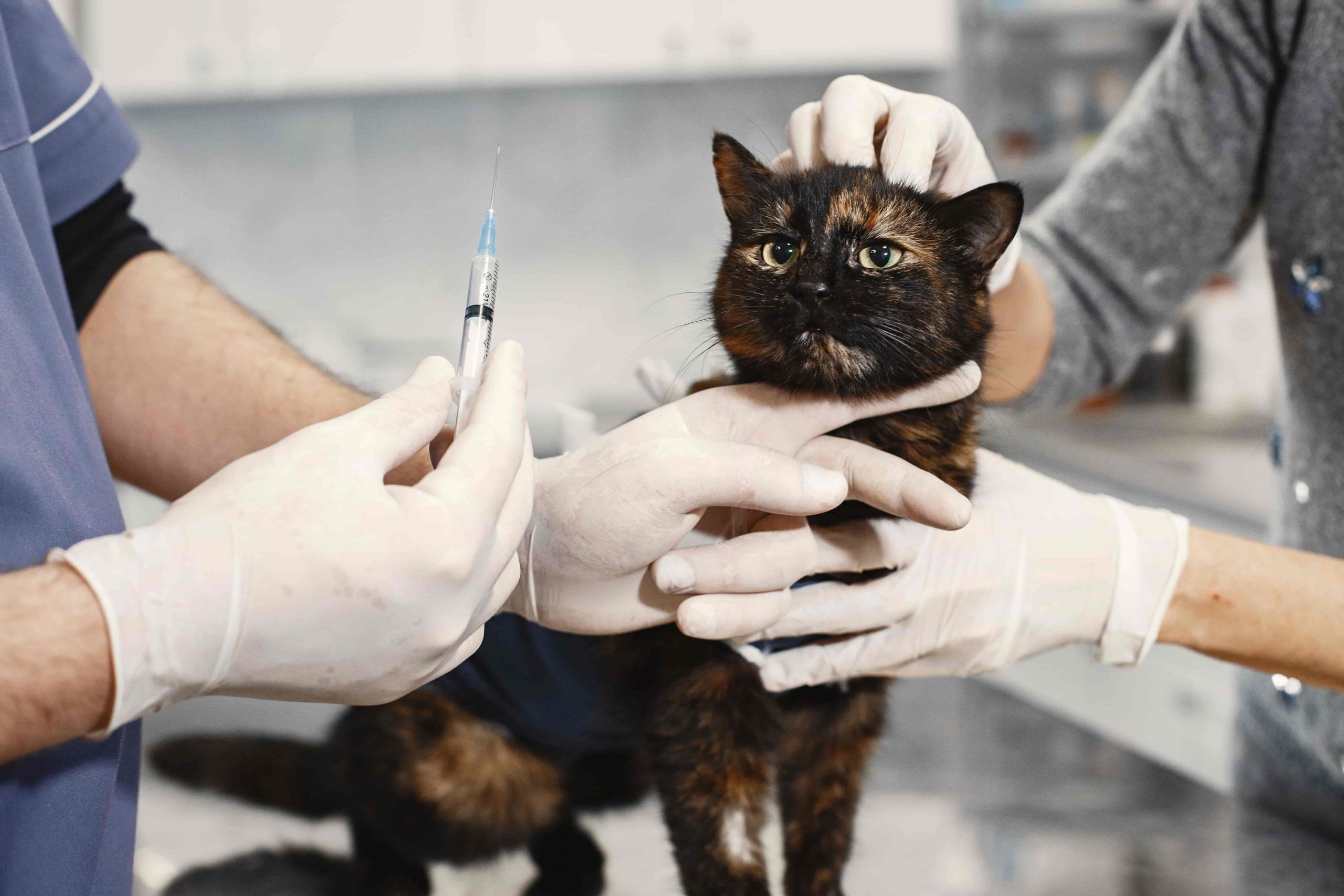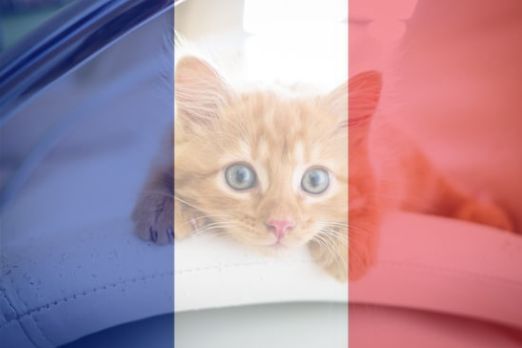Cat health: understand, prevent and act
You know your cat by heart, and yet a tiny change can say a lot. A bowl left half full, a duller gaze, a cuddle declined… your inner alarm rings. The good news? With a few smart habits, you can protect her health and react quickly.
- Cat health: understand, prevent and act
- Little red flags worth big attention
- Major viral diseases to know
- Rabies
- Feline infectious peritonitis (FIP)
- Feline panleukopenia (typhus)
- Coryza (cat flu)
- Calicivirus
- Herpesvirus (infectious rhinotracheitis)
- Parasites and infections: don’t let them settle in
- Tumors and chronic conditions
- Your calm-through-the-storm mini memo
- FAQ
Want a quick baseline to compare with? Keep these signs of a healthy cat handy and trust your gut if something feels off.

Little red flags worth big attention
Watch for these early clues: appetite drop, excessive thirst, runny nose or eyes, repeated vomiting or diarrhea, noisy breathing, limping, sudden hiding or irritability.
Pro tip you’ll actually use: create a “3P” note on your phone (Pee–Poop–Portion). Jot a quick daily line. In 30 seconds, you’ll spot trends before they turn into trouble.
If you’re unsure what’s urgent vs. not, here’s how to spot cat diseases early without missing subtle symptoms.
Major viral diseases to know
Rabies
Thankfully rare in many regions, rabies is fatal and transmitted by bites from infected animals. It’s also a human risk, which is why vaccination may be advised for travel or outdoor lifestyles.
Prevention: discuss vaccines with your vet, keep ID up to date, and avoid contact with wildlife. Any bite? Get veterinary advice immediately.
Feline infectious peritonitis (FIP)
Caused by a feline coronavirus, FIP can trigger breathing or digestive issues and abdominal fluid. Prognosis varies, but supportive care is improving.
What helps: consult early, manage pain, maintain hydration and comfort. Your vet will guide you on current options and palliative care when needed.
Feline panleukopenia (typhus)
Highly contagious and often severe, this parvovirus attacks the gut and bone marrow. Repeated vomiting, bloody diarrhea, profound lethargy—this is an emergency.
Surprising fact: the virus can persist in the environment for months. Disinfection and vaccination make a world of difference.

Treatment often includes hospitalization, IV fluids, anti-nausea meds, and supportive antibiotics. Some immunomodulatory therapies may be discussed by your vet.
Coryza (cat flu)
This “big cold” involves agents like herpesvirus and calicivirus. Sneezing, watery eyes, mouth ulcers, and fever can make eating painful.
Care focuses on comfort and preventing secondary infections: antibiotics for opportunistic bacteria, antivirals when indicated, gentle eye/nose cleaning, and tempting, smelly meals. Dive deeper with our full guide to cat coryza.
Calicivirus
Very contagious and often part of the coryza picture, it causes fever, mouth ulcers, and sometimes pneumonia. Vaccination doesn’t block all strains, but it does reduce severity.
Helpful care: cat-safe anti-inflammatories, soft warmed food, pain control, immune and hydration support.
Herpesvirus (infectious rhinotracheitis)
Once infected, a cat can remain a carrier and relapse with stress. Vaccination significantly reduces the severity of flare-ups.
Treatment goals: comfort, prevention of bacterial overgrowth, and managing relapses (antivirals where appropriate, local care, and gentle nebulization).

Parasites and infections: don’t let them settle in
Toxoplasmosis
Often silent in cats, it can sometimes show up as fever, lethargy, or eye issues. Treatment is tailored by your vet with targeted antiparasitics and hygiene measures.
Common mistake to avoid: human meds, “natural” essential oils, or leftover antibiotics. Many are toxic to cats or mask symptoms—always call your vet first.
For routine prevention, deworming matters. Here’s how to choose the best dewormer for your cat based on lifestyle and risks.
Ringworm (dermatophytosis)
A contagious fungus that can cause patchy hair loss and itch. Treatment is effective but requires patience and thorough cleaning.
Learn to recognize and manage it with our caring guide to ringworm in cats.
Go outdoors together? Double up with smart tick protection and safe removal. Our cat ticks guide keeps adventures worry-light.
Tumors and chronic conditions
Feline leukemia virus (FeLV)
Spread by saliva and close contact, FeLV weakens immunity. Vaccination is available and recommended for exposed cats.
Management includes testing, protecting housemates, supportive care, and regular follow-up. Prevention is powerful here.
Feline fibrosarcoma
An infiltrative skin tumor often felt as a small lump that grows. The earlier the surgery, the better the control rate.
Treatment is wide-margin surgery, sometimes followed by radiotherapy or chemotherapy, depending on veterinary assessment.
Chronic kidney disease (CKD)
Common in seniors: more thirst and urine, bad breath, weight loss, dull coat. Blood and urine tests confirm the diagnosis.
Care plan: renal diet, optimized hydration, supportive meds, and crisis control. Regular rechecks truly change the long game.
Curious about digestive upsets too? Here’s why cats vomit and what helps—handy for sensitive stomachs.
Your calm-through-the-storm mini memo
- Vaccinate according to lifestyle, ID your cat, deworm and use anti-parasite protection year-round.
- Act fast if she hasn’t eaten for 24 hours, has persistent vomiting/diarrhea, labored breathing, blood in stools, or marked lethargy.
- Comfort tip for coryza: warm up wet food to body temperature and slightly raise the bowl to ease breathing while eating.
Want fewer vet surprises and more peace of mind? Consider coverage: insure your cat and avoid big bills.
FAQ
- What vaccines are essential for cat health problems prevention?
Core vaccines cover panleukopenia and respiratory viruses; FeLV is added for at‑risk cats. Your vet adapts the schedule to lifestyle. - How do I know if my cat has a fever?
Only a rectal thermometer gives a real value. At or above 39.2°C (102.6°F) is fever; warm ears or a dry nose aren’t reliable alone. - Is sneezing always a sign of serious illness?
Not always, but if sneezing persists, comes with eye/nasal discharge, or appetite loss, call your vet. Early care prevents complications. - When is it an emergency for cat health problems?
Breathing difficulty, paralysis, seizures, toxin ingestion, urinary blockage, trauma, major bleeding, or no eating for 24 hours—go immediately.







